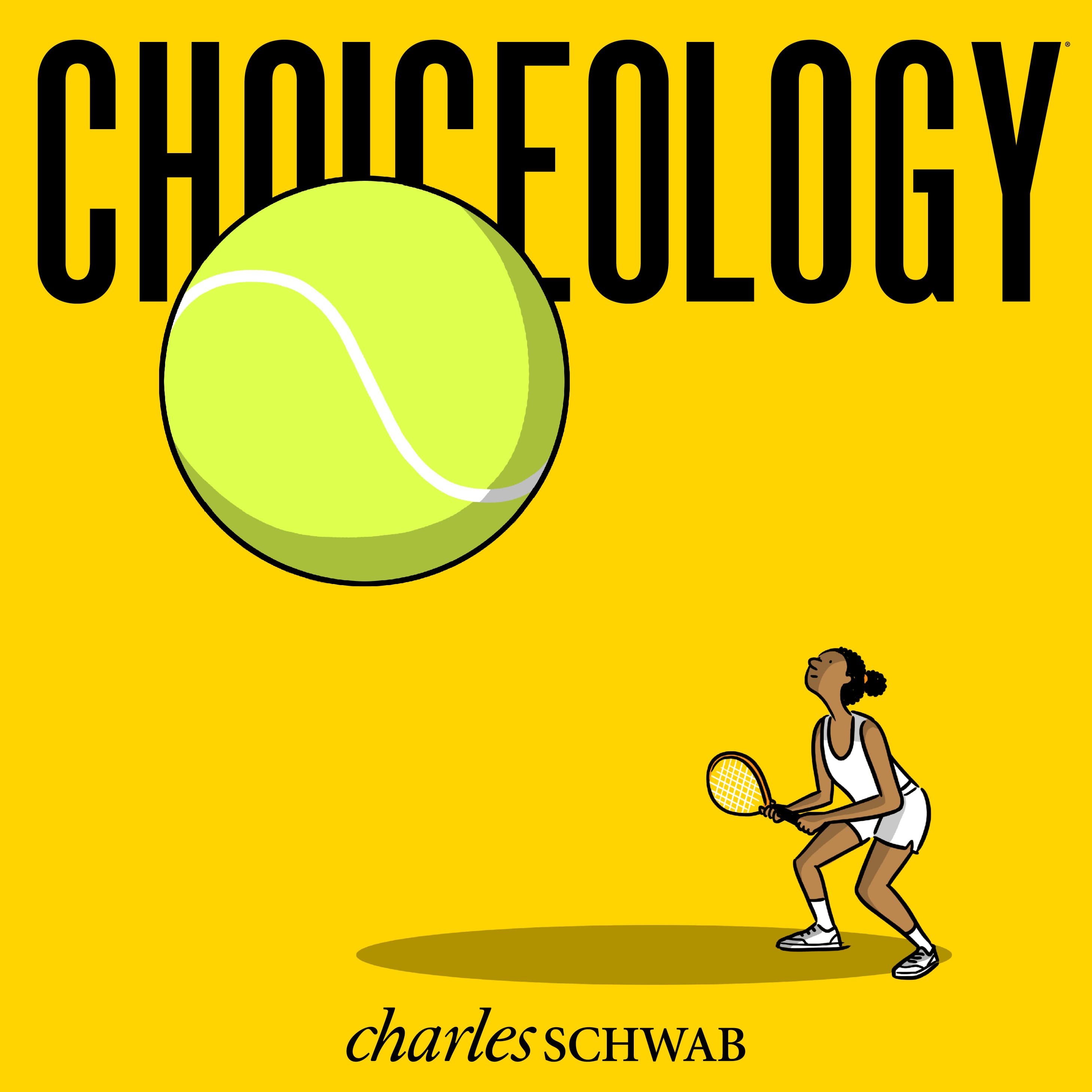Not by a Long Shot: With Guests Katia Jordan & Craig Fox
Humans can easily distinguish between a zero-chance event (e.g., the Washington Nationals winning the World Series in 2022) and a sure thing (e.g., the sun coming up tomorrow). But in between those two clear outcomes, it turns out that we’re not great at estimating odds.
In this episode of Choiceology with Katy Milkman, a bias that affects the way we predict the likelihood of rare events.
Katia Jordan had all the makings of a tennis star: a preternatural talent, an intense drive to succeed, top-tier coaches, and parents who supported her dream completely. She was certain that she would be the next Venus Williams. But along the way, she discovered that her path to tennis glory was not as straight as she imagined.
Katia Jordan is a former Division 1 tennis player and is currently script coordinator on the television program All American Homecoming.
Next, Katy speaks with UCLA psychology professor Craig Fox about how we tend to overweight the likelihood of small probabilities. Building on seminal work by his mentor Amos Tversky and Daniel Kahneman, Dr. Fox explains a bias in the way we imagine the odds of rare events and demonstrates approaches gleaned from his research that can help us better avoid distortions in the way we conceptualize risk and reward.
Craig Fox is the Harold Williams Chair and Professor of Management at the UCLA Anderson School of Management.
Finally, Katy gives examples of the areas in your life where you can save money, improve health, and avoid some anxiety by better understanding the true likelihood of rare events.
Choiceology is an original podcast from Charles Schwab.
If you enjoy the show, please leave a rating or review on Apple Podcasts.
Learn more about behavioral finance.
Important Disclosures
All expressions of opinion are subject to change without notice in reaction to shifting market conditions.
The comments, views, and opinions expressed in the presentation are those of the speakers and do not necessarily represent the views of Charles Schwab.
Examples provided are for illustrative purposes only and not intended to be reflective of results you can expect to achieve.
All corporate names and market data shown above are for illustrative purposes only and are not a recommendation, offer to sell, or a solicitation of an offer to buy any security.
Investing involves risk, including loss of principal.
The book How to Change: The Science of Getting from Where You Are to Where You Want to Be is not affiliated with, sponsored by, or endorsed by Charles Schwab & Co., Inc. (CS&Co.). Charles Schwab & Co., Inc. (CS&Co.) has not reviewed the book and makes no representations about its content.
Apple Podcasts and the Apple logo are trademarks of Apple Inc., registered in the U.S. and other countries.
Google Podcasts and the Google Podcasts logo are trademarks of Google LLC.
Spotify and the Spotify logo are registered trademarks of Spotify AB.



